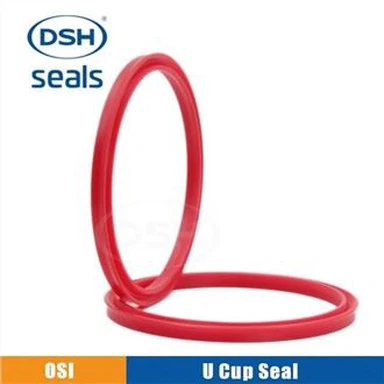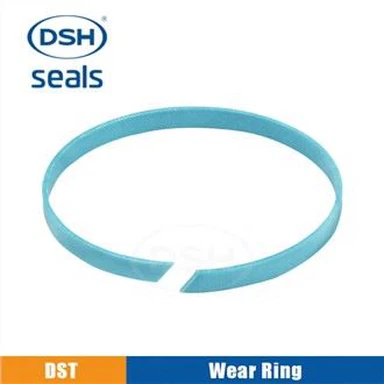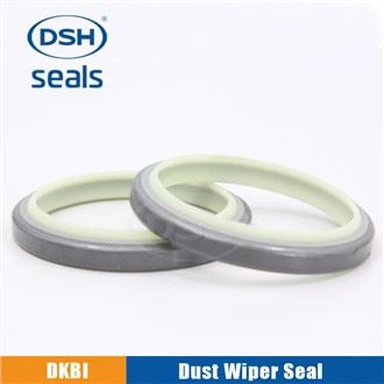The Performance And Role Of Hydraulic Seals
Sep 02, 2021
1. Characteristics of hydraulic seals
(1) Minimal leakage
The leakage of hydraulic seals is required to be extremely small, have a good sealing effect, and automatically improve its sealing effect as the pressure of hydraulic oil increases. Even in harsh working environments such as high pressure and high temperature, there is no significant increase in the leakage of hydraulic seals.
(2) Good compatibility
Because hydraulic seals are immersed in hydraulic oil for a long time, they are very easy to swell, dissolve or become brittle and hard, which makes them lose the sealing effect. Therefore, hydraulic seals are required to have good compatibility with hydraulic oil.
(3)Low friction resistance
In order to avoid or reduce undesirable phenomena such as low-pressure crawling in hydraulic equipment, hydraulic seals are required to have low static and dynamic friction resistance, and their friction coefficient should be very stable.
(4)Long service life
Hydraulic seals should have good elasticity, heat resistance, cold resistance, pressure resistance, wear resistance and certain physical and mechanical strength, and have a long service life.
(5)Low price
Hydraulic seals should be easy to manufacture and install, and the corresponding sealing grooves are easy to process and manufacture, have low requirements on the processing accuracy of the sealing surface, and low price.
2. The structure and sealing mechanism of hydraulic seals
Commonly used self-sealing compression hydraulic seals are mainly O-rings, round seals and square seals, etc. They have the advantages of simple structure, easy manufacture, and low cost, so they are dynamic seals and static seals widely used in hydraulic transmission systems. They are usually installed in the sealing groove to generate 10-25% radial compression deformation, and produce a higher initial contact stress on the sealing surface, thereby preventing the leakage of pressureless liquid.
When the hydraulic cylinder is working, the pressure liquid squeezes the self-sealing compression hydraulic seal to further deform it, and produces a greater pressure with the pressure liquid on the sealing surface, which is strictly the pressure. The increased additional contact stress prevents the leakage of the pressure liquid together with the initial contact stress. However, when the working pressure is over 10Mpa, in order to prevent a part of the synthetic rubber self-sealing compression hydraulic seal from being squeezed into the sealing gap and being cut off during the reciprocating movement of the hydraulic cylinder, causing leakage, the synthetic rubber self-sealing compression must be used. A synthetic resin guide ring, such as a nylon back up ring, a POM back up ring and PTFE back up ring, is provided on the pressure side of the tight hydraulic seal.
Since the synthetic rubber self-sealing compression hydraulic seal has a relatively large compression deformation when working, its static friction resistance is particularly large, usually more than twice its dynamic friction resistance. Such a large static frictional resistance is bound to cause low-pressure crawling and difficult operation in some low-pressure hydraulic transmission systems. This is the reason why the self-sealing compression hydraulic seal is small and used as a dynamic seal alone.
At present, the hydraulic combination seals commonly used in hydraulic cylinders of hydraulic machinery equipment in ceramic factories are mainly composed of O rings and square seals, U-ring, Y-ring, YX u cup seals and other special-shaped hydraulic seals.







